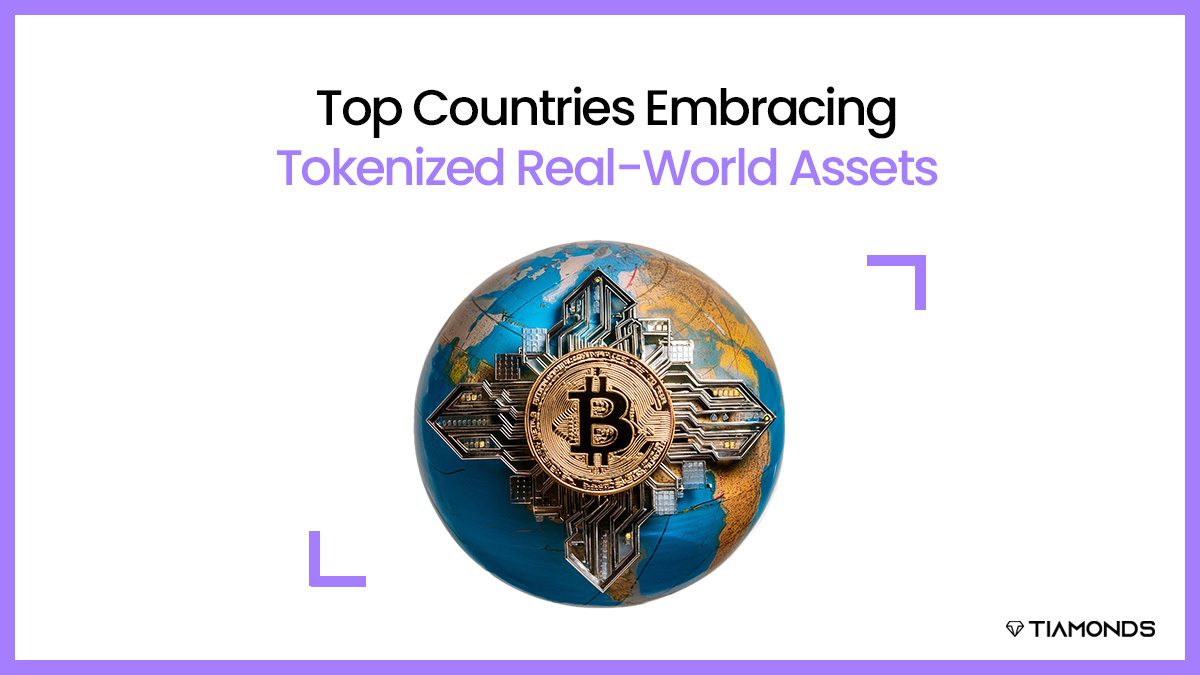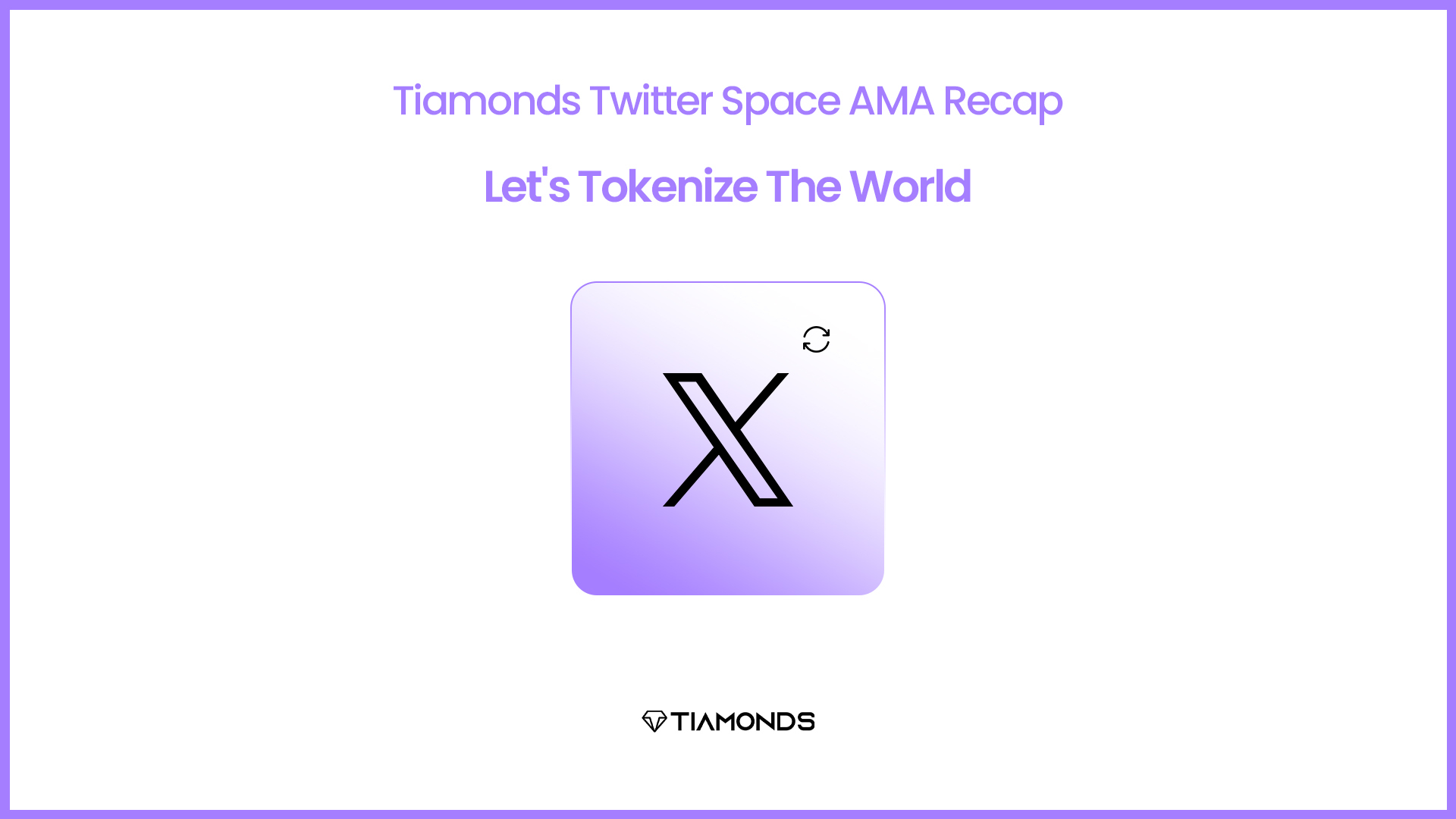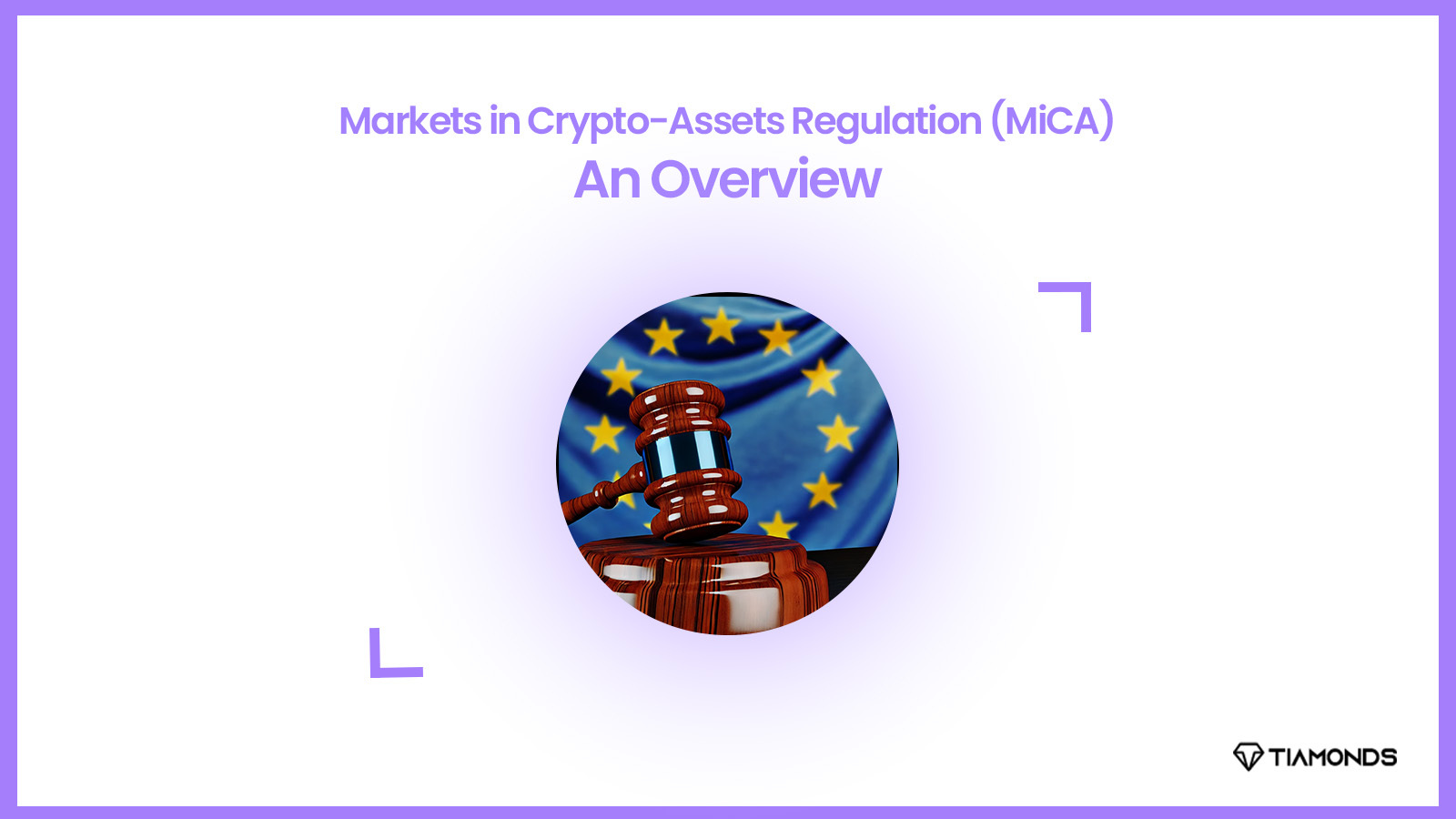Does the emergence of a new financial time appear near? In what ways are nations across the globe adjusting to the ever-changing landscape of tokenized real-world assets? The ongoing financial revolution, an intricate storyline of advancements, oversight, and international engagement and revolves around these thought-provoking inquiries. Stable currencies and non-fungible tokens (NFTs) have restricted the significant adoption of digital asset tokenization, which began in 2017.
Despite this a fundamental shift is occurring. Tokenization, which involves the conversion of tangible assets (RWA) into digital tokens via a blockchain network. This sector is experiencing significant growth, has garnered substantial attention from financial institutions, retail and institutional investors in 2023, and has gained momentum in recent times. Increasingly lauded as an evolutionary breakthrough in the financial sector but tokenization applies the advantages of blockchain technology to conventional assets.
Leading Nations Adopting Tokenized Real-World Assets
Europe
At the forefront of digital asset and blockchain technology innovation is Europe. This country is expanding its prominence due to the establishment of robust regulatory frameworks and the increasing with the presence of key cryptocurrency corporations. Europe is progressively emerging as a hub for innovation in digital assets. As an increasing number of established businesses and entrepreneurs venture into blockchain technology.
The European Union established the MiCA regulation, a seminal framework within the digital asset sector. MiCA, which ensures investor protection while fostering economic expansion and establishes a standardized regulatory framework throughout the European Union. The establishment of operational standards and legal clarity for crypto assets is of the utmost importance with this regulation, which promotes a secure and sustained market.
Europe is making preparations to implement a stablecoin based on the euro. The primary objectives of this endeavour are to bolster the stability of the European markets and present investors with a digital currency that eradicates the risk of exchange exposure. This potentially expand the adoption of the euro within the realm of digital assets.
United Kingdom
The United Kingdom is a leading proponent of blockchain technology and tokenized real-world assets, particularly with regard to the tokenization of funds. The adoption of Distributed Ledger Technology (DLT) within the financial sector represents a substantial advancement in modernization. And at the same time optimization of asset management operations in the United Kingdom.
The Investment Association, operating under the Asset Management Taskforce of the UK Government and has published a comprehensive blueprint. Its purpose is to streamline the process of integrating fund tokenization into the established financial domain. The principal objective of this endeavor is to optimize the efficacy of fund management procedures and augment market liquidity. We anticipate that the integration of DLT will optimize numerous operational aspects.
The fund industry in the United Kingdom, which oversees a considerable proportion of its assets for non-UK-based investors. It stands to gain considerable operational and cost-saving advantages through the implementation of tokenization.
United States
The digital asset market is characterized by its intense volatility and substantial expansion within the United States. Approximately 20% of Americans, according to a survey conducted in 2023, are cryptocurrency owners. This indicates pervasive interest and adoption in this sector.
The United States uses a multi-agency approach to regulate the digital asset market. The Securities and Exchange Commission (SEC) oversees digital assets classified as securities. While the Commodities Futures Trading Commission (CFTC) governs those classified as commodities. Anti-Money Laundering (AML) and Know Your Customer (KYC) regulations are the purview of the Financial Crimes Enforcement Network (FinCEN).
The U.S. Congress has formally recognized this emerging sector by recognizing digital assets as those issued and transmitted via distributed ledger or blockchain technology. The SEC determines whether a digital asset constitutes a security using the Howey Test. On the basis of a decision by the U.S. Supreme Court, this criterion evaluates the character of an investment contract by considering certain factors. It includes monetary investment, common enterprise, profit expectation, and the involvement of others.
Hong Kong
The Hong Kong Monetary Authority (HKMA) is leading the implementation of tokenization in bond markets. A significant transformation of the financial environment in Hong Kong. A key benefit emphasized by the HKMA regarding bond tokenization is its ability to automate and expedite the process of issuing bonds. These modifications encompass reducing the duration of settlement cycles and eliminates the necessity for conventional intermediaries in transactions, and permitting the fractionalization of bond ownership.
The value of tokenized bonds on a global scale had increased to around $3.9 billion as of March 2023 and suggests that this innovation is gaining traction and scalability in the bond market, especially in Asia. Empirical evidence has demonstrated that tokenized bonds are a more economically viable alternative to conventional bonds because of their diminished financing fees and borrowing costs. Furthermore, they provide exceptional liquidity, a crucial component that guarantees the smooth functioning of financial markets.
Japan
Japan has come up with an innovative approach to permit venture capital firms to grant funding to businesses through the utilization of digital assets. This endeavor exemplifies Japan’s determination to incorporating digital finance into conventional economic operations and thereby facilitating a novel pathway for entrepreneurs to obtain capital and stimulate expansion.
Japan has implemented legislation with the primary objectives of regulating stablecoins and fortifying anti-money laundering protocols. In response to global financial events, Japan enacted these legislative measures to safeguard investors and maintain the integrity of the financial system. The Japanese government is actively promoting investment in startups and other critical sectors. This approach is an element of a more extensive scheme to consolidate financial and human capital in order to foster innovation and economic expansion.
South Korea
The integration of digital assets into the banking sector and notable regulatory advancements in South Korea exemplify the nation’s dedication to establishing a progressive and well-balanced digital asset ecosystem. Proposed for enactment in June 2024, the Digital Asset Basic Act is a seminal piece of South Korean legislation that seeks to reconcile the advancements in blockchain technology with the safeguarding of investors.
As specified in the Protection of Virtual Asset Users Act, the Financial Services Commission (FSC) of South Korea is granted broad jurisdictional authority and the ability to impose penalties. The primary objectives of this legislation are to ensure the protection of virtual asset users’ assets but also rectify unethical market practices, and establish a standardized framework for the operations of virtual asset service providers (VASPs).
The nation is revising its cryptocurrency taxation policies, considering value-added tax (VAT) on transactions and capital gains tax (CAPT) on investments. The adjustment in tax legislation signifies South Korea’s endeavours to harmonize its tax policies with the progressive characteristics of digital currency utilisation.
Challenges in the Adoption of Tokenized Real-World Assets
Regulations
An inherent and paramount obstacle in the realm of technology is the dearth of guiding principles or regulations. Although numerous nations impose market operation obligations on cryptocurrency trading while none of them offer a comprehensive solution. The lack of regulation denies the asset-backed token its enormous potential. The issuers’ dilemma impacts all participants in this financial instrument’s chain, including issuers, custodians, exchanges, and investors. The challenging aspect is devising a strategy to prevent the depreciation of digital assets relative to conventional financial assets.
Business Partnerships
In order to implement tokenization, organizations must assemble a team of blockchain, smart contract, and digital token-literate professionalswhic includes legal consultants, financial partners, and technical developers. The market’s maturity and experience will solve this hurdle.
Technology
The blockchain mechanism should reflect the immense potential outcomes for tokenized assets in the physical world, which shape their values. While there are solutions, not all of them result in victory. However, developing a method for blockchain-based tokens to accurately represent significant information remains a challenging endeavor.
Cybersecurity
Blockchain-based enterprises are among the most frequent targets of cybercriminals. In 2018, there were one hundred instances of cyber incidents indicating the theft of cryptocurrencies while each worth approximately two million US dollars.
Conclusion
Technology has had an immense effect on our macrocosm, economy, and daily existence over time, and has been acknowledged as a revolutionary force. It generated exceptional resources, tools, and information for practical application. Digital transformation has restructured economic relations involving clients, employees, investors, and financiers. Recognizing productivity as the primary pillar of the economy, technological innovation but also enables a more dynamic, efficient, and less competitive market. In contrast to this mission, technological frontier firms have experienced substantial productivity gains in recent years that were so not as substantial for small firms or individuals. Contrast to this objective, technological frontier firms have experienced substantial productivity advances in recent years. That were not as substantial for small firms or individuals.
In contrast, technological advancements have caused revolutionary surges in recent years and particularly with regard to some factors. It includes investment decisions, diversification, profitability, and reducing investment costs. The advent of technology is significantly altering individuals’ expectations, conduct, and, consequently, investment decision-making. The current technological trend involves advancements in AI, Blockchain, IoT, and smart contracts and tokenized real-world assets. The combination of these technologies through tokenization will fill the long-standing gap between the digital and physical realms. In addition to reducing transaction costs, tokenization improves liquidity, transparency, and immutability. Which collectively increase the efficacy of the investing and transaction processes.




